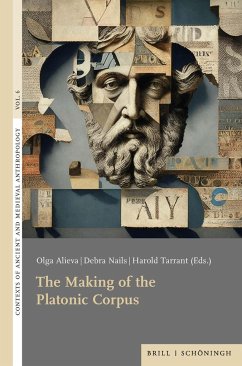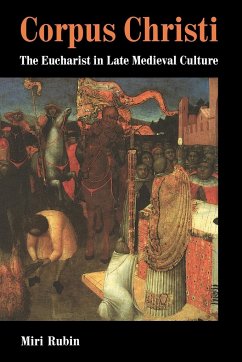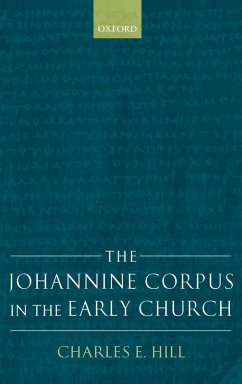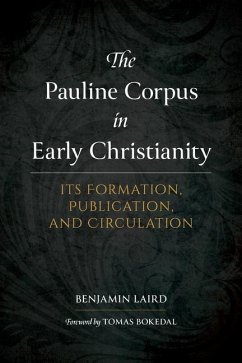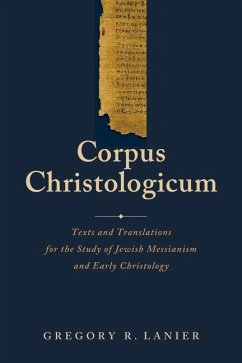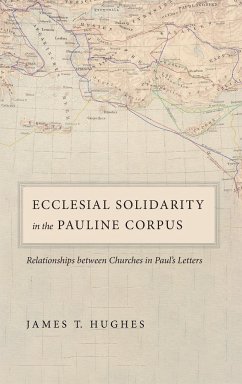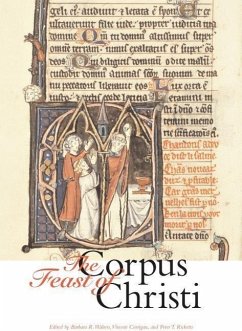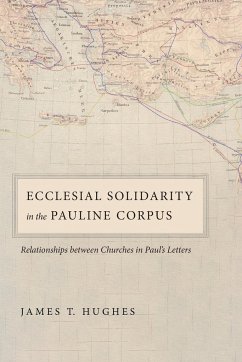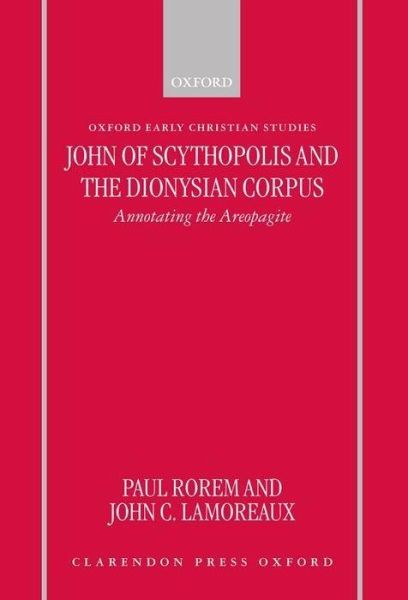
John of Scythopolis and the Dionysian Corpus
Annotating the Areopagite
Versandkostenfrei!
Versandfertig in 1-2 Wochen
314,99 €
inkl. MwSt.

PAYBACK Punkte
157 °P sammeln!
This book casts light on the figure of John of Scythopolis, the sixth-century theologian who composed a series of annotations to the works attributed to Dionysius the Areopagite (whose conversion by St Paul is mentioned in Acts 17: 34). It surveys John's sources, methods, and doctrinal concerns in the context of the important theological debates that wracked the eastern churches in the aftermath of the Council of Chalcedon.



